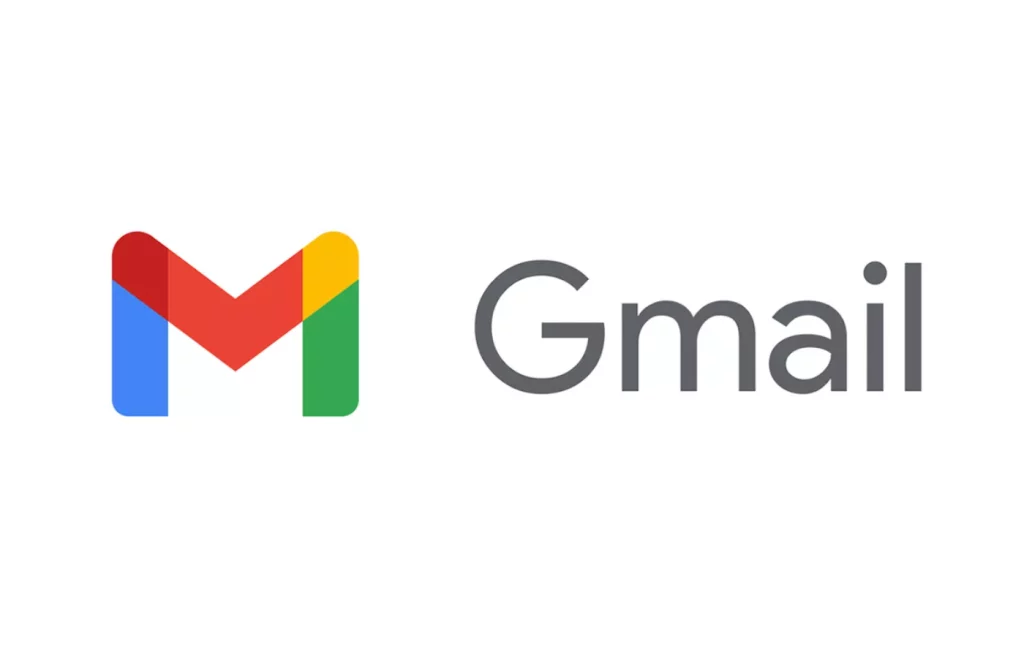Google’s Gmail introduced a new feature that used Brand Indicators for Message Identification (BIMI) technology to verify the identity of email senders. When an email was received from a verified sender, a blue checkmark appears next to the company’s name in the inbox. Google initially introduced BIMI in Gmail in 2020, allowing enrolled brands to include authenticated logos in their emails. The blue checkmark is supposed to be a more noticeable indicator that the sender is legitimate, providing users with an extra layer of protection against email scams. It seems that it might’ve backfired on Google to some degree, as scammers seem to have already found a way around this.
Google ignored the first bug report made, but then social media did its thing
Chris Plummer, a diligent cybersecurity engineer, uncovered a concerning trend: scammers finding a way to deceive Gmail’s authentication systems, enabling them to appear as legitimate sources and bypass security checks. Despite Plummer’s sincere efforts to bring this to Google’s attention, his bug report was shockingly dismissed as “intended behavior.” Obviously surprised by the response, Plummer took to social media (specifically Twitter) to voice his frustrations, sparking a significant and m outcry from concerned users.

Plummer’s revelations on Twitter resonated with users and experts alike, highlighting the severity of the issue and the need for action. The collective opposition seems to have caught Google’s attention, prompting the company to reconsider its initial reaction to the same. Realizing the potential consequences of scammers exploiting the system, Google is now compelled to address the vulnerability and fix it swiftly. Social media can be a really useful tool at times, it seems.
While it is kind of annoying that Plummer had to resort to public pressure to elicit a response from Google, it is essential to acknowledge the company’s subsequent acknowledgement of the issue (even though it might be for the sake of the company’s image). Users must remain optimistic that Google will try to identify and resolve the problem.
RELATED:
- Google experiments with ad placement on Gmail including the middle of email lists
- Acer announces new Google TV lineup in India with QLED & OLED displays
- Best Sony Xperia Smartphones 2023
(Via)






